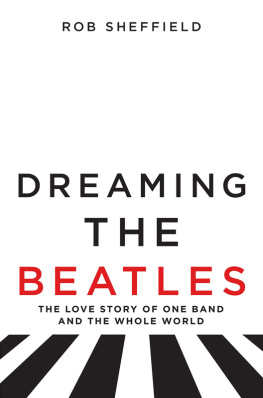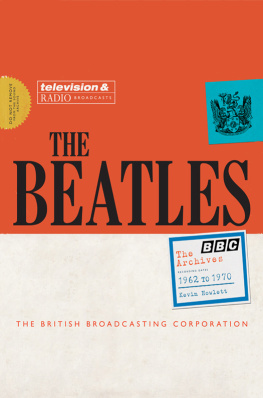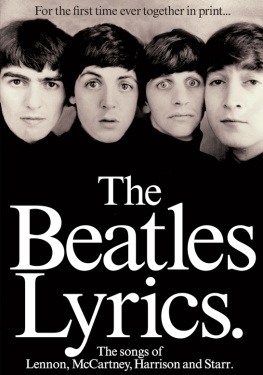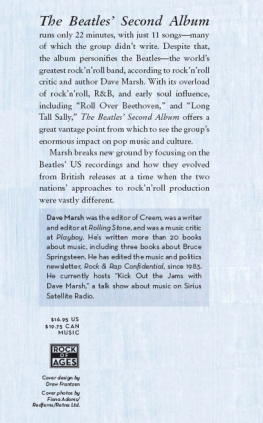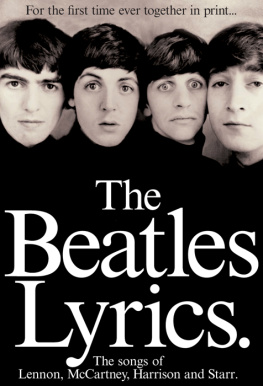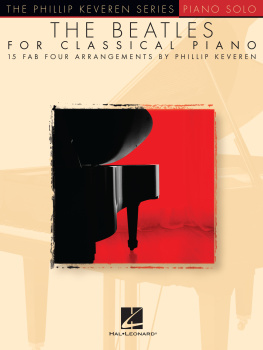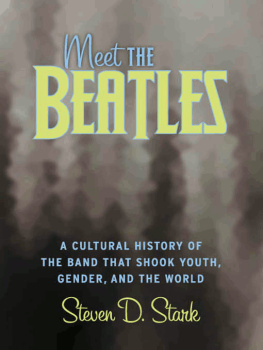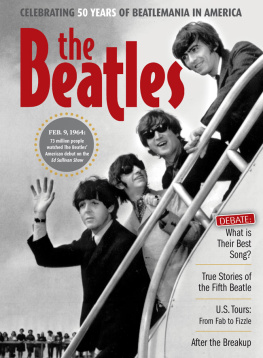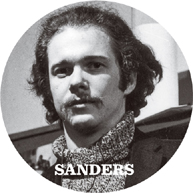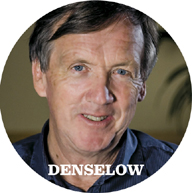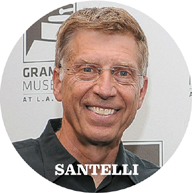John, Paul, George and Ringo, Miami Beach, 1964 GUNTHER /MPTVIMAGES.COM
: The Beatles prepare to take Manhattan, 1965. KEN REGAN / CAMERA5
eBook ISBN: 978-1-58834-481-6
v3.1
THE BEATLES IN AMERICA
In 1964, teen idols were clich. But Americans had yet to see anything like the Beatles
BY JONATHAN GOULD
She was just 12. She couldnt explain how she behaved when the Beatles landed
BY CAROL BEDFORD
The Fab Four had a long climb to the top of the charts
In just 32 days, the Beatles grossed a record $2 millionand parents were asking: How soon would this fad pass?
BY GLORIA STEINEM
The meeting between the King and the Fab Four began in silence and ended in rancor
BY CHRIS HUTCHINS AND PETER THOMPSON
The Great Jesus Controversy begat record-burnings and Klan demonstrations
BY STEVE TURNER
A changing nation meets the Beatles: A timeline
What would be called the counterculture hadnt coalesced. Then Sgt. Pepper met his moment BY JON WIENER
Charles Manson wanted to rule the worldand used Beatles lyrics for inspiration
BY ED SANDERS
The rumor that the Beatles bassist was dead took on a life of its own on FM radio
BY MARC FISHER
After the Beatles, John moved to New York and got involved in politics
BY ROBIN DENSELOW
George Harrison was the one who had the most to gain from the Beatles breakup
BY MIKAL GILMORE
After John Lennon was shot in New York City, someone had to tell his former bandmates
BY PETER DOGGETT
What died with John, in one critics view, was nostalgia BY LESTER BANGS
I could feel it from the plane before we even landed in America, Ringo says. It was all the musicthe blues, the country musiceverything I loved
INTERVIEW BY ROBERT SANTELLI
Newly published images from Ringos private portfolio
Everything happened so fast, Paul said. We didnt consider the wider possibilities
INTERVIEW BY JON WILDE
IN MY LIFE
REFLECTIONS ON THE BEATLES
THATS WHAT I WANT
MEMENTOS FROM A MOMENTOUS ERA
contributors
JONATHAN GOULD , a former studio drummer, spent 17 years writing (excerpted), which was published in 2007.
CAROL BEDFORD was one of the hard-core Beatles fans who used to congregate outside the offices of Apple Corpsan Apple scruff, in George Harrisons term. Her memoir, , was published in 1984.
Before co-founding Ms. magazine in 1972, GLORIA STEINEM wrote for a variety of publications, including Cosmopolitan, which in December 1964 published her .
Music journalist CHRIS HUTCHINS helped engineer the 1965 meeting between the Beatles and Elvis Presley, and then wrote about it in in 1994 with his colleague PETER THOMPSON .
STEVE TURNER , a biographer of Van Morrison, Marvin Gaye and Johnny Cash, has also written extensively on rock n roll and religion, including in , published in 2006.
JON WIENER teaches 20th-century history at the University of California-Irvine. His six books include , published in 1984.
ED SANDERS , a poet, singer, activist and member of the legendary avant-garde band the Fugs, published , the first authoritative account of Charles Mansons criminal life, in 1971.
MARC FISHER has been a reporter, columnist and editor at the Washington Post. His book , published in 2007, describes the role of radio in postwar American culture.
ROBIN DENSELOW covers both music and politics for the Guardian. His book , published in 1989, ranges from the McCarthy era forward and from the United States to Europe to Africa.
MIKAL GILMORE is a longtime contributor to Rolling Stone. His account of appears in Stories Done: Writings on the 1960s and Its Discontents, published in 2008.
PETER DOGGETT has written several books on music and cultural history. His narrative of the aftermath of John Lennons death opens his book , published in 2009.
LESTER BANGS (1948-1982) was one of the most influential rock critics of his generation, writing for Rolling Stone, Creem, the Village Voice and other publications. His assessment of John Lennons legacy appeared in the on December 14, 1980.
ROBERT SANTELLI , who for this publication, is the executive director of the Grammy Museum in Los Angeles and the author of books on Bob Dylan, Bruce Springsteen and Woody Guthrie, among other musicians.
JON WILDE has written for a wide variety of magazines in both the U.S. and the U.K. His first appeared in the British music magazine Uncut in 2004.
SUSAN WOOD / GETTY IMAGES; LACY ATKINS / AP IMAGES; FRED W. MCDARRAH / GETTY IMAGES; MARK SULLIVAN / WIREIMAGE / GETTY IMAGES / ROBERTA BAYLEY / REDFERNS / GETTY IMAGES; FELIX CLAY / EYEVINE / REDUX
Smithsonian Smithsonian.com
EDITOR IN CHIEF Michael Caruso
ART DIRECTOR Maria G. Keehan
DEPUTY EDITOR Terence Monmaney
DIRECTOR OF EDITORIAL OPERATIONS Debra Rosenberg
SENIOR EDITORS Kathleen M. Burke, T. A. Frail, Elizabeth Quill, Mark Strauss
POETRY CONSULTANT TO SMITHSONIAN Billy Collins
NATIONAL CORRESPONDENT Ron Rosenbaum
COLUMNISTS Brian Greene, Tony Horwitz, Chlo Schama
CONTRIBUTORS Jerry Adler, Ron Chernow, Richard Conniff, Doris Kearns Goodwin, Joshua Hammer, Stephen Kinzer, Joseph Lelyveld, Franz Lidz, David McCullough, Jan Morris, Michelle Nijhuis, Daniel Okrent, Tony Perrottet, Ron Powers, Elizabeth Royte, Kay Ryan, Mark Stevens, Paul Theroux


